Tesla's Robotaxi Loses Out to Luobo Kuaipao? Market Value Evaporates by RMB 510 Billion Overnight
![]() 07/15 2024
07/15 2024
![]() 456
456
Introduction | Lead
Recently, Tesla's five-year interest-free promotion has hit the trending topics. Tesla, which has always had no trouble selling, is offering such a significant discount due to factors such as tightening subsidies for new energy vehicles in Europe and America, increased competition from Chinese new energy manufacturers, and bottlenecks in its automobile sales growth. Since entering 2024, Tesla has experienced unprecedented consecutive year-on-year declines in sales in the first two quarters. With the delay of Tesla's Robotaxi project, it urgently needs a new story to attract investors.
Produced by | Heyan Yueche Studio
Written by | Guo Zi
Edited by | He Zi
Total Words: 2555
Reading Time: 4 Minutes
Luobo Kuaipao in Wuhan has recently become popular.
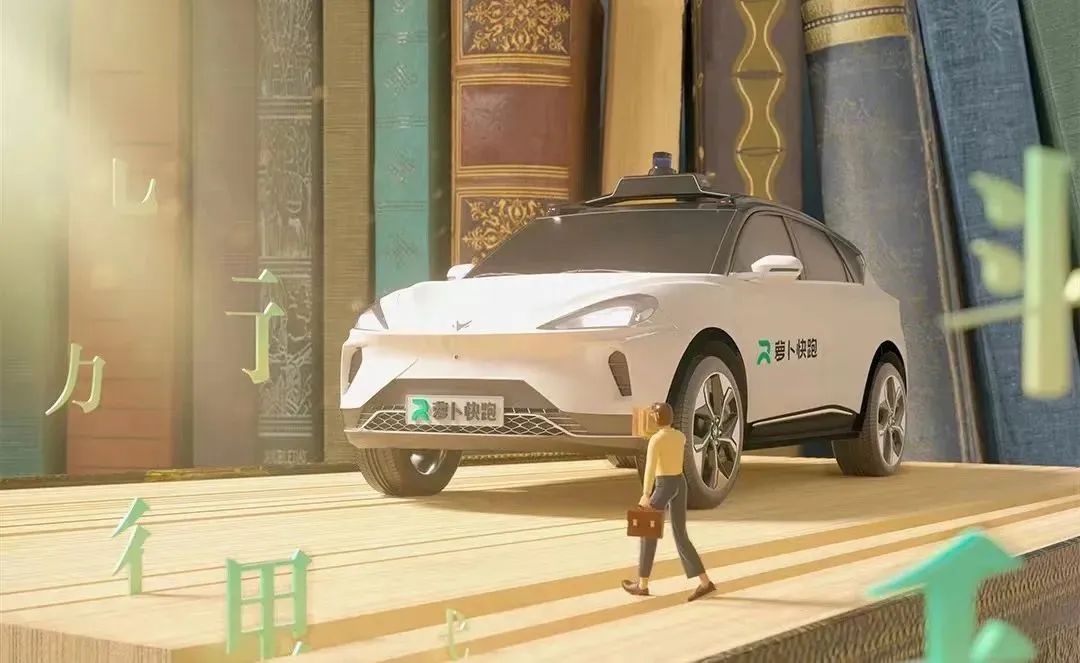
Starting in May of this year, Luobo Kuaipao launched large-scale deployment. With rides costing just a few yuan each, no refusal of passengers, good vehicle conditions, and no need to worry about drivers not turning on the air conditioning, Luobo Kuaipao quickly gained user recognition, and order volume saw explosive growth. Passenger satisfaction ratings averaged 4.9, exceeding that of ordinary ride-hailing services.
China's self-driving taxis have already begun commercial operations, while Tesla, which also aims at this sector, has repeatedly delayed its plans.
On July 11, foreign media reported that according to insiders, the release date of Tesla's self-driving taxi Robotaxi will be adjusted from August to October. Tesla has notified employees internally of this news, but has not announced it to the outside world, and Musk himself has not responded to it on social media.
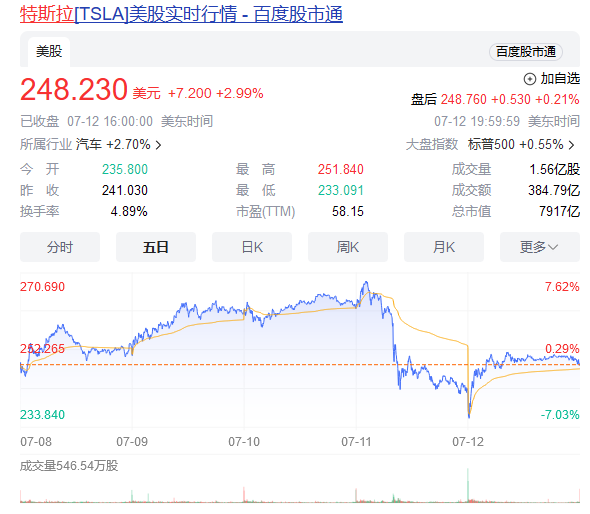
Tesla's share price plummeted in response. On July 12, Tesla's share price fell sharply after the opening of the U.S. stock market, with a decline of 8.44%, erasing approximately RMB 514.6 billion in market value overnight and ending Tesla's 11-day winning streak. UBS analysts also downgraded Tesla's rating to sell, believing that its current valuation is increasingly unreasonable.
When Will Robotaxi Land?
Tesla's self-driving taxi has been planned for many years. As early as 2016, Musk included self-driving taxis in Tesla's plans.
In 2019, Musk said that fully autonomous driving capabilities would be achieved soon, and by 2020, Tesla would have one million self-driving taxis. In 2022, Musk reiterated that Robotaxi would enter mass production in 2024. However, it is clear that neither autonomous driving nor self-driving taxis have materialized as promised by Musk.
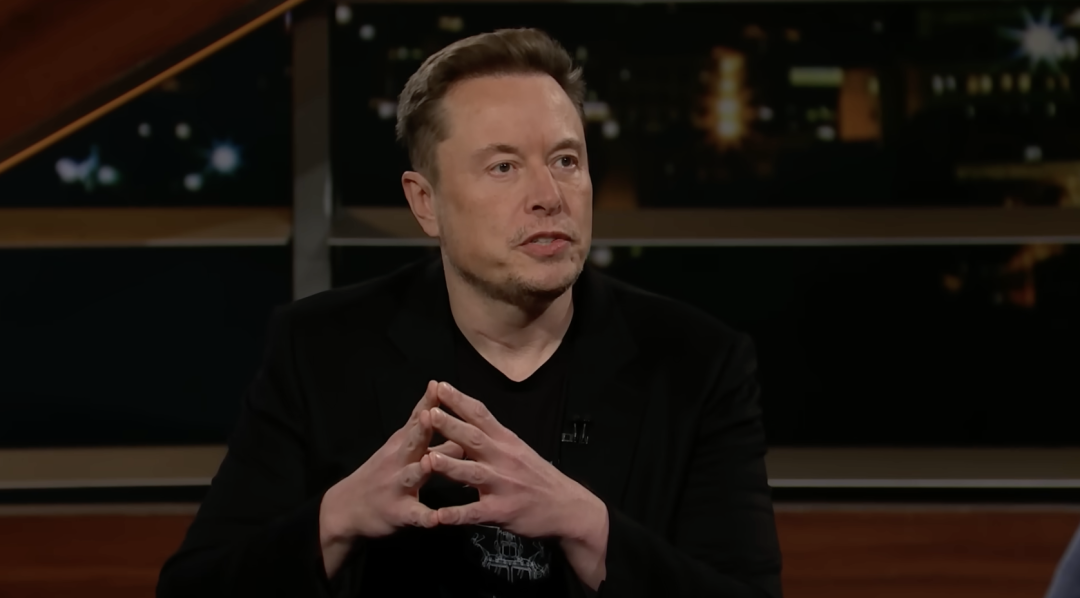
It was only in April of this year that Musk announced on the social platform X that Tesla Robotaxi would be unveiled on August 8. At the shareholders' meeting in June, Musk focused on introducing the Robotaxi project to shareholders, sending a signal to the outside world that the project was accelerating.
But Musk let everyone down again, as the prototype vehicle manufacturing still requires time, and the release of Robotaxi will be delayed once again to October. It is worth noting that this time, only the prototype vehicle will be released, and there may still be a considerable distance before mass production and commercial operation.

Compared to domestic players in the self-driving taxi sector, Tesla's Robotaxi model is slightly different. According to Musk's plan, in addition to launching its own model called "Cybercab," Robotaxi will also be open to ordinary car owners who have opted for the FSD feature, allowing them to send their cars out for taxi rides to earn money. The ability to earn money by simply owning a car has attracted many consumers and investors in the United States.
The situation may be different in the Chinese market. According to media reports, Tesla has proposed the idea of launching the Robotaxi project in China. However, China has not yet approved the full implementation of Tesla's FSD feature in China, and Tesla has not obtained relevant licenses for self-driving taxis.
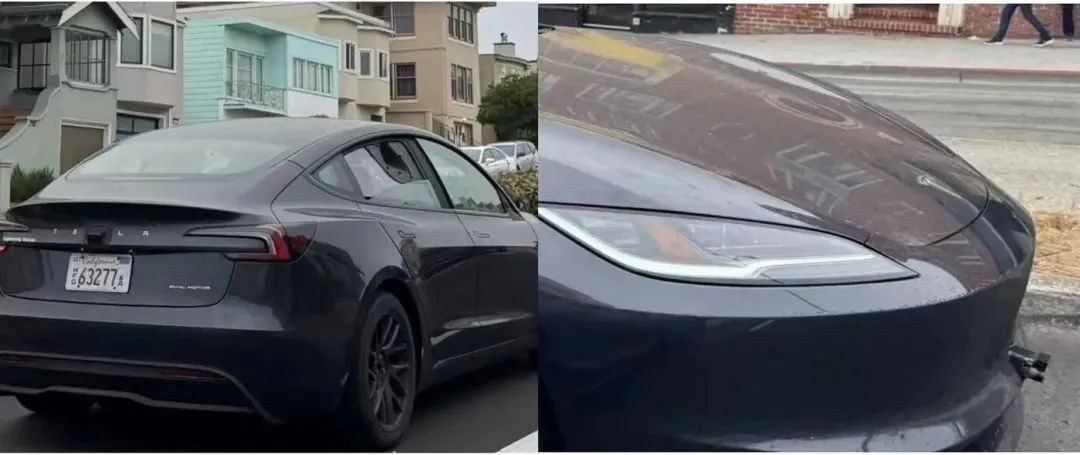
However, with Tesla's huge size bringing manufacturing and operational cost advantages, as well as its powerful autonomous driving capabilities, if China opens up the self-driving taxi market to Tesla in the future, domestic players such as Luobo Kuaipao and Pony.ai will face tremendous competitive pressure. Therefore, although China's self-driving taxi commercial operations are already ahead, Tesla remains a worthy competitor to watch.
Tesla Urgently Needs a Second Growth Track
After years of talking about Tesla's Robotaxi, why did Musk only accelerate its rollout this year? The reason is that Tesla urgently needs to find a second growth curve.
Robotaxi has two significant meanings for Tesla. First, Musk believes that the launch of Robotaxi will transform the market's perception of Tesla from a traditional technology or automotive company to an AI company, continuing to drive up its share price by riding the AI wave. On the other hand, the vast mobility market is the driving force behind Tesla's planned next stage of growth.
Currently, Tesla's car sales are under significant pressure.
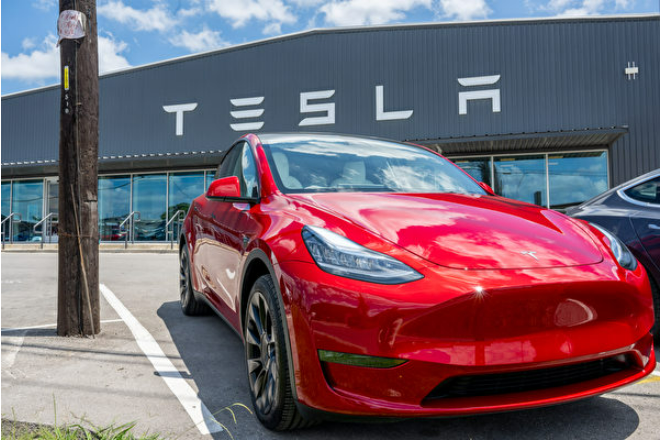
Tesla's recently released data shows that deliveries in the second quarter of this year fell 4.8% year-on-year to 444,000 vehicles, including 422,000 Model 3 and Model Y vehicles and 21,000 high-end models such as Model S and Model X. This figure is slightly higher than the market expectation of 439,300 vehicles, but it was achieved through significant price cuts worldwide. After price reductions across the entire model line in April, the price of Model Y has fallen to an all-time low, and Model 3 has also dropped to a historical low. Now, with the addition of the five-year interest-free promotion, which effectively reduces prices by more than RMB 20,000, it can be seen that Tesla is eager to boost sales.
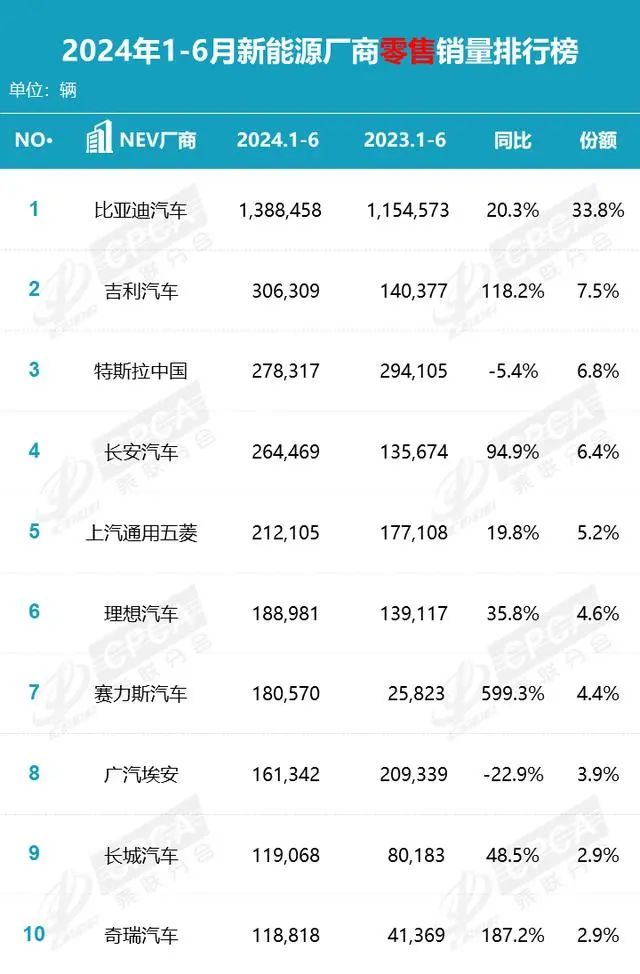
An even more severe challenge for Tesla is not just declining sales but also the increasing competition it faces in the new energy vehicle market from up-and-coming players. In the domestic automotive market, Tesla's sales in the first half of the year were 278,000 vehicles, down 6.8% year-on-year, falling behind BYD and Geely to third place, with Chang'an trailing Tesla by less than 14,000 vehicles. Moreover, car companies such as Lixiang, Hongmeng Zhixing, and Xiaomi have continued to succeed in the mid-to-high-end market above RMB 200,000, directly impacting Tesla's core market segment. Although China's new energy vehicle market is growing rapidly, Tesla's product competitiveness has been unable to further break through in sales.
Tesla faces similar difficulties in its other stronghold, the United States. On the one hand, with the phasing out of government subsidies, electric vehicle sales in the United States have declined, and Tesla's sales have also declined by 16%, far exceeding the overall market decline of 4.8%; on the other hand, Tesla's market position is also being challenged. According to data from U.S. auto sales companies, Tesla's share of the electric vehicle market in the second quarter of this year was 49.7%, down from 59.3% last year, falling below the 50% market share threshold for the first time in a single quarter.
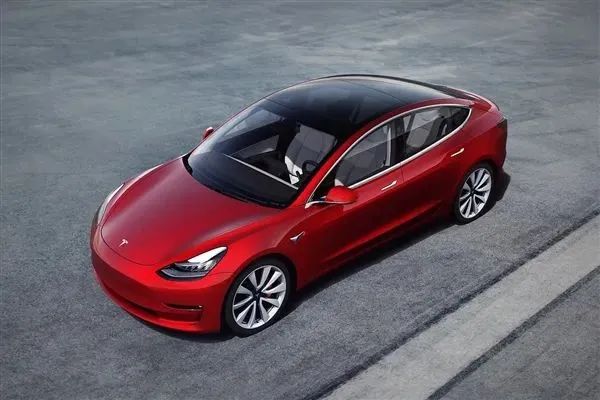
As Chinese and American automakers increase their investment in new energy products, the competitiveness of Tesla's two core products, Model 3 and Model Y, is weakening. In terms of product performance, Tesla has lost its previous generational advantage.
The outlook for new products is also not optimistic. Although Tesla's Cybertruck, a heavy-duty pickup truck launched last year, has been popular in the United States, production capacity has significantly limited its delivery. According to industry estimates, Cybertruck production in 2024 will only reach 43,000 vehicles. Meanwhile, as a large-sized pickup truck, its global market acceptance is far lower than in the U.S. market, unable to become a turning point for Tesla.
If it weren't for restrictions on China's pure electric vehicle exports to the United States and the European Union, Tesla's competitiveness in the global market might face even more severe challenges.
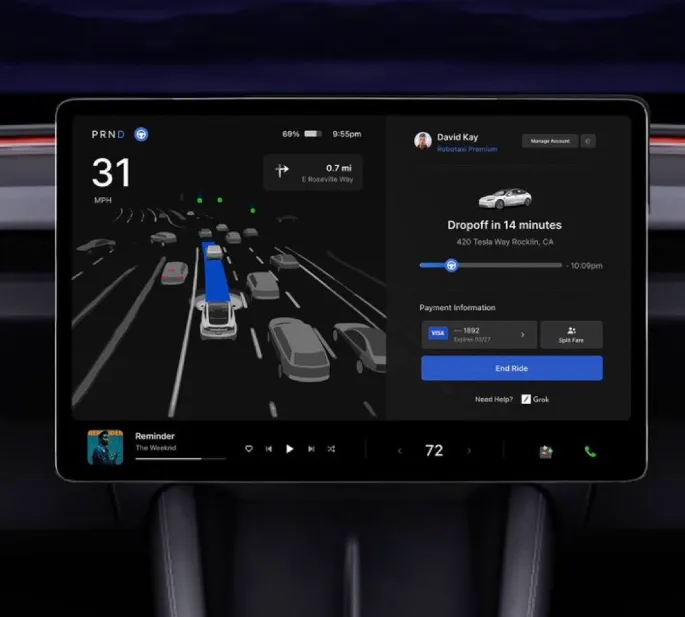
Meanwhile, Tesla's FSD, another core source of profitability, has been unable to win it a greater advantage or profit. With the iteration of autonomous driving functions by automakers worldwide and the efforts of suppliers focusing on autonomous driving, FSD now faces challenges from many competitors. Moreover, FSD also faces a low user conversion rate. Not only is FSD not fully available in China, leading to few users opting for it, but even in the U.S. market, few users subscribe to FSD after trying it out.
Therefore, Musk has focused this year's work on a new, more affordable model, rumored to be the Model 2, hoping to improve Tesla's overall sales through vertical expansion of its product matrix. It is rumored that the delay of Robotaxi is precisely because Tesla's current personnel are mainly focused on advancing the Model 2 project, unable to juggle both tasks.
Behind all these actions lies Tesla's current anxiety.
Commentary
Tesla has always been a representative of innovative companies, but as it grows larger, it gradually struggles to maintain a comprehensive technological lead over its competitors. The fact that Tesla's Robotaxi commercialization is overtaken is unfortunate but inevitable. More severely, for Tesla, both Model 2 and Robotaxi are still in the prototype stage, and there is still a long way to go before they can truly land and support revenue. Is Tesla facing a painful transition period with a gap between old and new products, or has it entered a plateau period after being caught up by competitors?
(This article is originally created by "Heyan Yueche" and may not be reproduced without authorization.)








